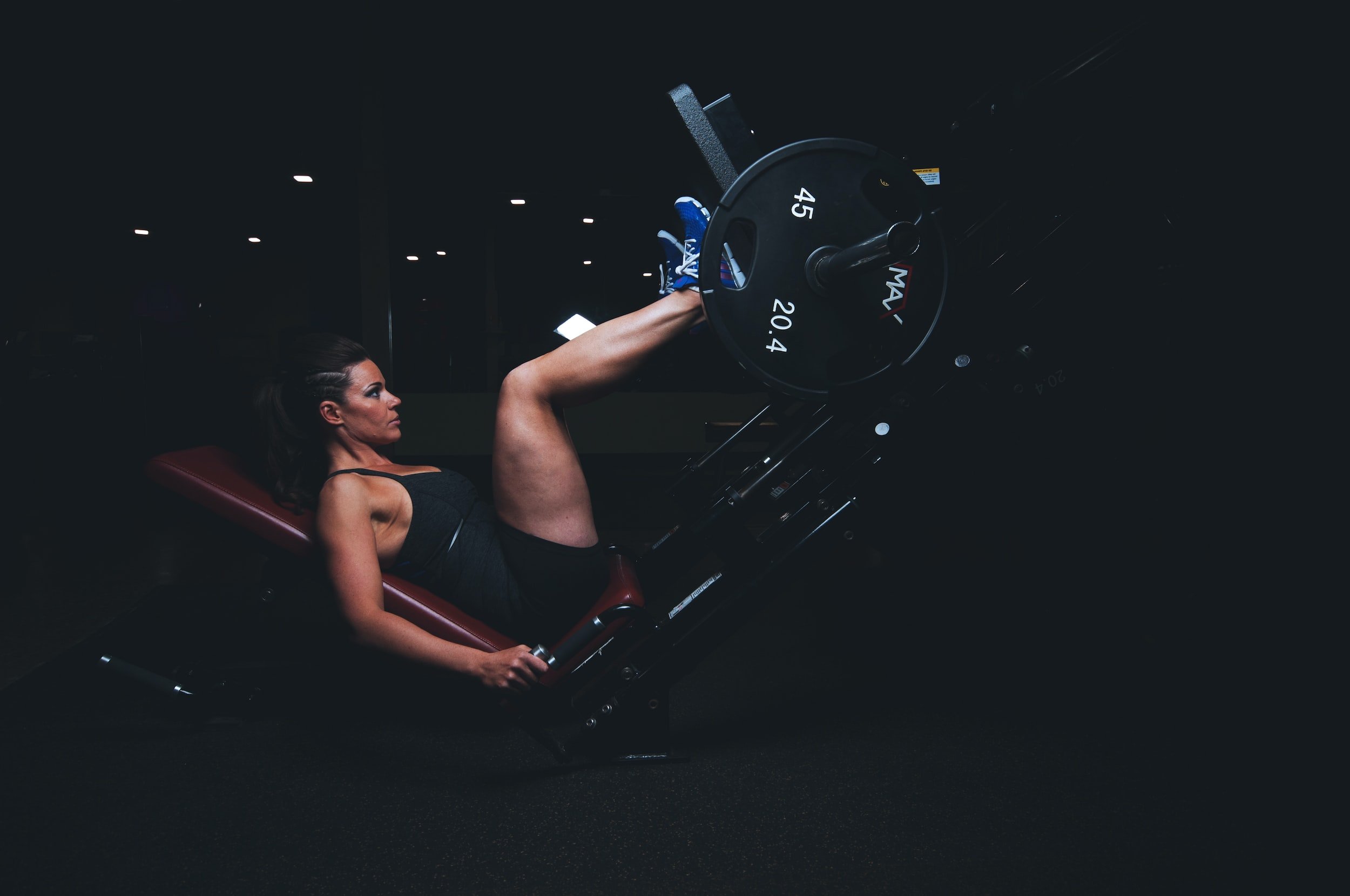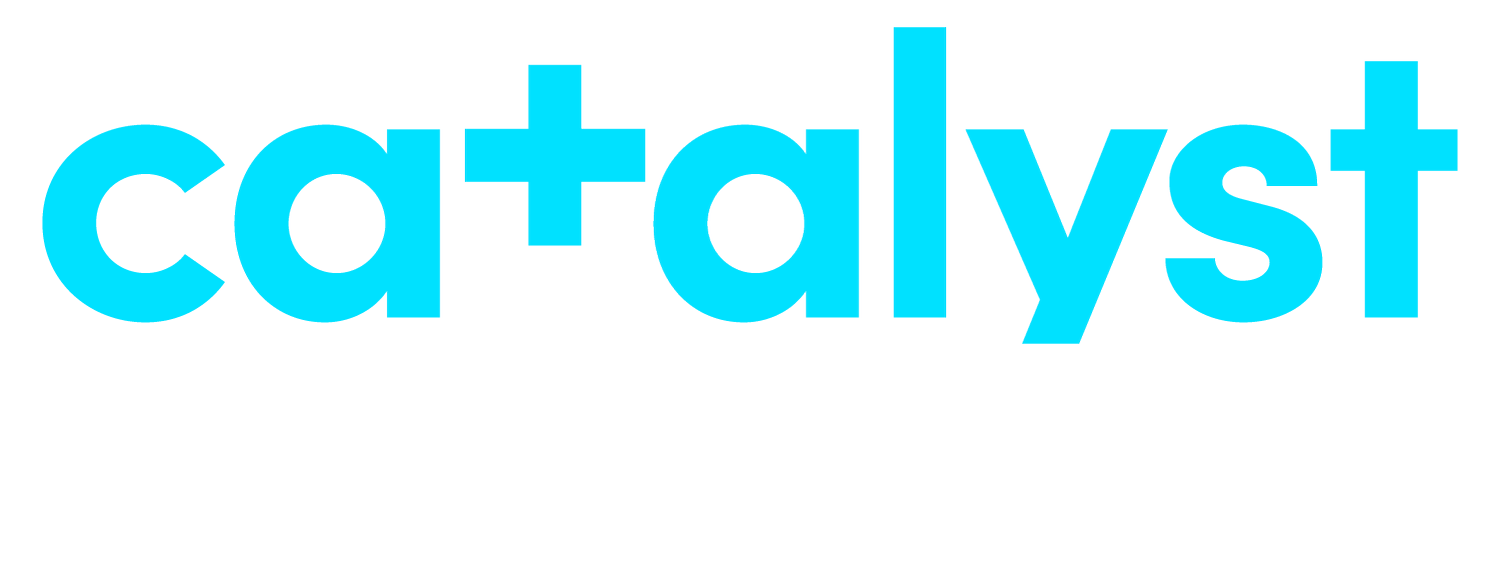
FEEL STRONGER & GAIN MUSCLE:
The act of strength training requires (not always) you to gradually and incrementally lift heavy-ish things over time. As long as you do this intelligently, you can train your neuro-muscular system to build or re-awaken neural motor pathways. Keeping these pathways alive and healthy by regularly using them will preserve them, if not increase your ability to move heavy objects.
Strength is a practiced skill.
The good news is that with the principles of High Intensity Strength Exercise (HISE), very little time is needed. To increase or preserve your muscle tissue, the application of HISE is similar but leans more towards muscle fatigue. Targeting things like repetition ranges or training close to failure or to failure. All of this is highly influenced by nutrition, sleep, and recoverability.
In order to make your workouts productive, safe, and time efficient (all at once), we factor in individual needs, exercise science, and medical research to guide the way.
Important strategies we often make use of to enhance your workouts
I. Neuromuscular High Effort Tension: (Time under tension matters, it’s not just control) If you learn to contract your muscles with the correct intent you can really maximize your session. Creating time under SIGNIFICANT tension in a muscle is often a desired outcome. We achieve this through cadencing (tempo or speed control). Tempo Biasing:
a. Will make an exercise easier to learn, your body has time to process its contractions and become more efficient.
b. Will help you engage your muscle fully.
c. Will help you achieve metabolic stress for each exercise.
d. Provides faster improvements in stability and neuromuscular coordination.
II. Body Position Activation or Neuromechanical Matching (NM Matching): A concept that speaks to variety, not for the sake of boredom, but to allow variability within each muscle. Meaning that there are a series of exercises that place the challenge in different positions for a given muscle. This can enhance or increase the amount of muscle tissue you use. Challenging specific positions can wake-up and/or strengthen muscles to their full potential. For each muscle group, we can teach you the important positions to focus on which will enhance function and improve joint health. We use this concept infrequently, over a long duration of training. We cannot generalize this concept as it needs to be individualized due to the subtle differences in body shape and range of motion.
NM Matching:
a. Will encourage you to do different yet specific exercises for the same muscle group.
b. Will emphasise the position of a muscle and how it’s challenged.
c. Will help you stress a muscle(s) in different lengths in order to make it more robust.

